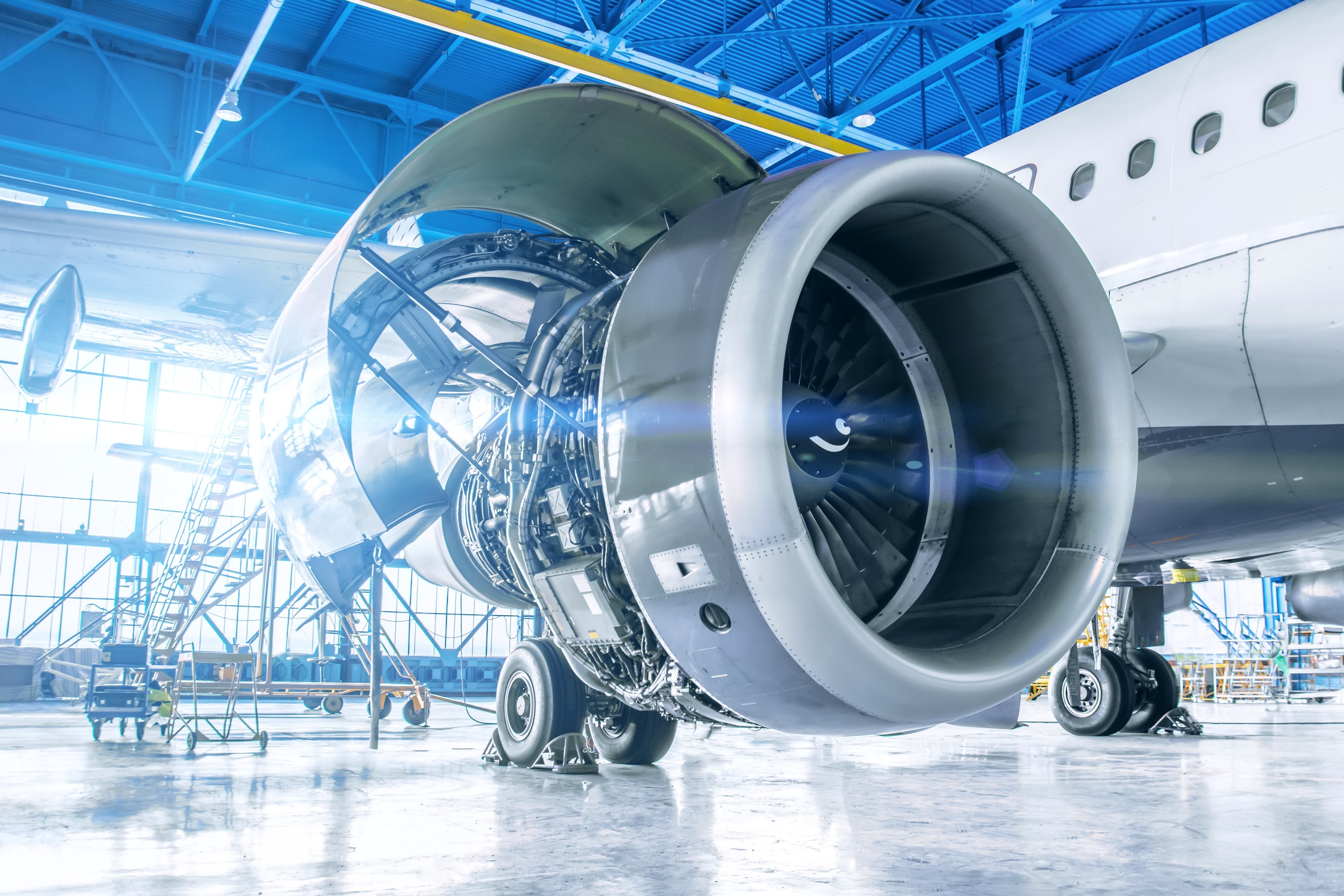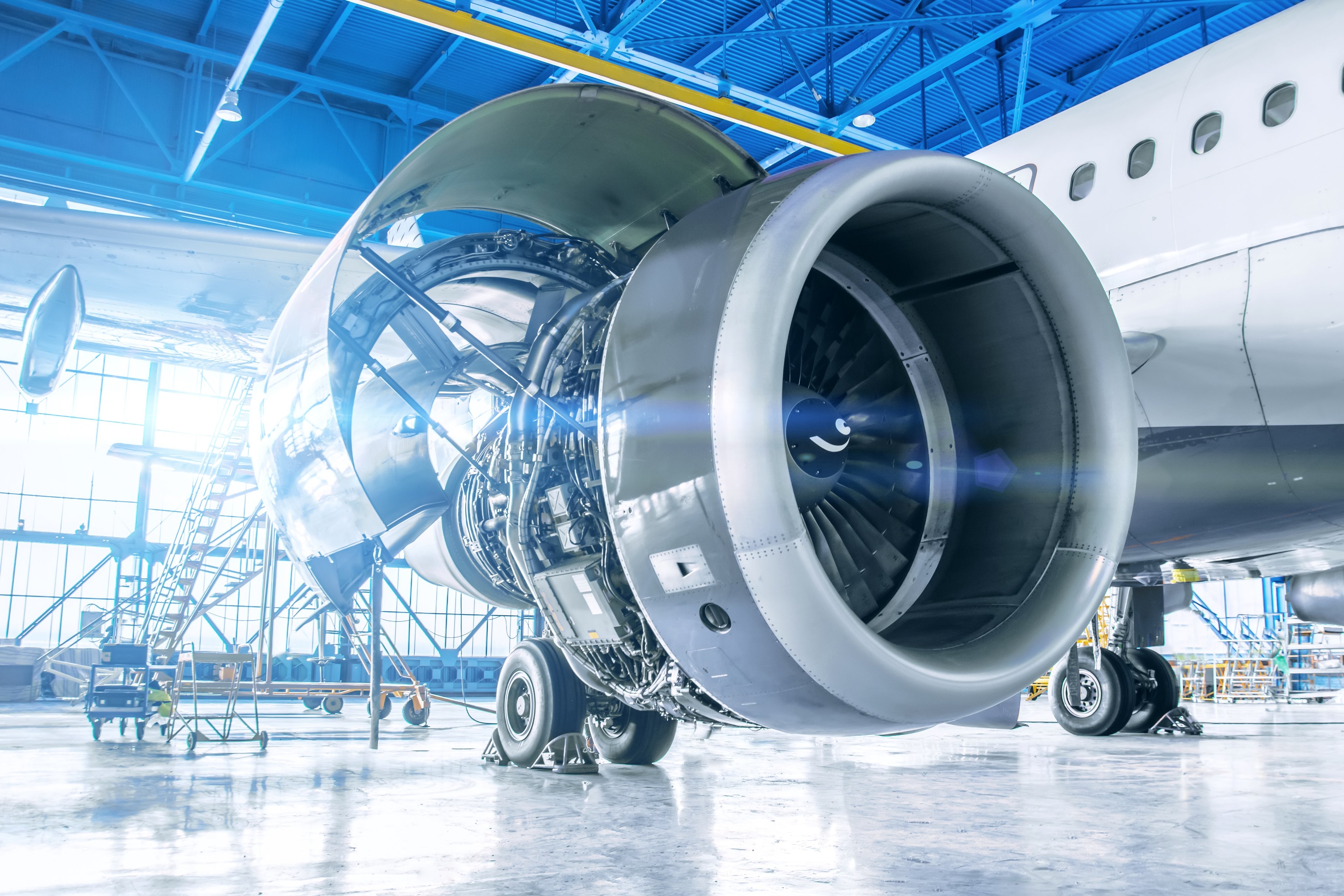It's no secret that the key to the investment case for General Electric (GE 2.84%) depends upon a turnaround in three of its four industrial segments -- the healthcare segment is doing just fine. It goes without saying that each business needs to see favorable end markets, but given growing or even merely stable market conditions, are GE's segments really positioned to take advantage? Let's take a closer look.
Free cash flow projection
GE has been winning plaudits for improving its free cash flow (FCF) generation relative to management's previous guidance and market expectations. That's something that could be boosted further if market speculation is correct and GE sells its aircraft leasing business, GECAS, to Aercap. A sale could bring cash in which could be used to reduce debt and therefore interest payments in the future.
Turning back to the industrial businesses, GE Healthcare is on track for another year of at least $2.6 billion in FCF. However, GE Power and GE Aviation were practically breakeven in terms of FCF in 2020, while GE Renewable Energy had a $640 million outflow. If GE is going to hit management's guidance for $2.5 billion to $4.5 billion in FCF in 2021 and grow beyond that, then all three are going to have to continue improving.

GE Aviation needs airplanes to start flying again so engine aftermarket revenue can improve. Image source: Getty Images.
GE Aviation
Before the COVID-19 pandemic and its effect on air traffic, GE Aviation generated around 74% of its revenue from commercial engines and services. Of the rest, 13% is coming from military engines and services, with the rest coming from business and general aviation, avionics, and other assorted aerospace businesses. Whichever way you cut it, it's commercial air travel that counts.
As noted previously, access to capital must be available for airlines in preparation for them to start flying again when aviation markets open up. Given those conditions, GE Aviation looks well set for a recovery.
For example, its joint venture with Safran, CFM International, provides the sole engine option (LEAP) on the Boeing 737 MAX. The LEAP engine is also one of two options on the other narrow-body workhorse of the skies, the Airbus A320 NEO. As such, GE is well-positioned to benefit when the newer generation of narrow-body aircraft starts flying again and Boeing and Airbus start ramping production.
On a less positive note, CFM's older engine, the CFM56, which powers the legacy Boeing 737s and Airbus A320 family, is going to miss out on a substantive amount of services revenue from shop visits that investors/management had been counting on previously. The pushout of the date of first delivery of the Boeing 777X wide-body is not good news either, as GE's GE9X engine is the sole option on the airplane.
All told, GE Aviation is well placed for a recovery, but there's no denying that the effects of the pandemic will be felt for years to come.

Image source: Getty Images.
GE Power and GE Renewable Energy
Both businesses are already in turnaround mode, and both are making better progress than previously envisaged. To see this, let's go back to the guidance for 2020 and 2021 given in the investor outlook meeting in March 2020.
The table below can be a bit tricky to read, but the key points to take away are that GE Power has returned to positive FCF (just) in 2020 when it was expected to experience an outflow. Meanwhile, GE Renewable Energy's FCF in 2020 was better, not lower than 2019, and it's expected to generate FCF in 2021 compared to a previous expectation to be negative.
|
General Electric Segment Free Cash Flow |
2019 |
2020 Guidance |
2020 Actual |
2021 Guidance at March 2020 |
2021 Current Guidance |
|---|---|---|---|---|---|
|
Power |
($1.5 billion) |
Better but negative |
$0 |
Up |
Flat |
|
Renewable energy |
($1 billion) |
Lower |
($0.6 billion) |
Better, but still negative |
Up and positive |
|
Aviation |
$4.4 billion |
Flat to up |
$0 |
Up |
Up, partial recovery |
|
Healthcare* |
$1.2 billion |
Up |
$2.6 billion |
Up |
Flat to slightly up |
Data source: General Electric presentations. *All healthcare figures/guidance exclude the now divested biopharma business.
Clearly, both businesses are already in turnaround mode. For GE Renewable Energy, the company is continuing to work through less favorable legacy contracts in onshore wind, and management claimed that it was seeing "improved pricing and project execution" in the fourth-quarter earnings call.
Meanwhile, investors will be hoping the giant Haliade-X offshore wind turbine builds on the initial success of its orders on the Dogger Bank to add another arm of growth to GE Renewable Energy.
The rise in the use of renewable energy as a source of electricity generation has led to a slowing in orders for gas turbines, and it's hard to see the market turning around anytime soon. However, GE continues to win orders with its heavy-duty HA turbine, and the company has an opportunity to improve execution in power services.
Is General Electric ready for a turnaround?
GE faces a mix of challenges, such as lost services revenue on the CFM56, fierce competition in wind power, and ongoing weakness in gas turbine demand. However, it also has a lot of earnings/FCF growth potential from self-help initiatives, like improving execution in power services, and onshore wind power. GE can also generate growth through the success of key products such as the HA turbine and the Haliade-X offshore wind turbine.
On balance, the growth potential, and recent history of beating expectations, are probably enough to positively conclude that GE is more than ready to take advantage of any improvement in its end markets.






